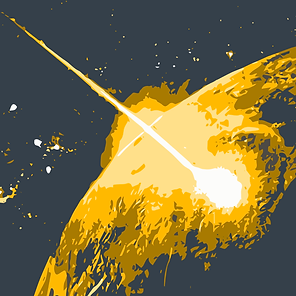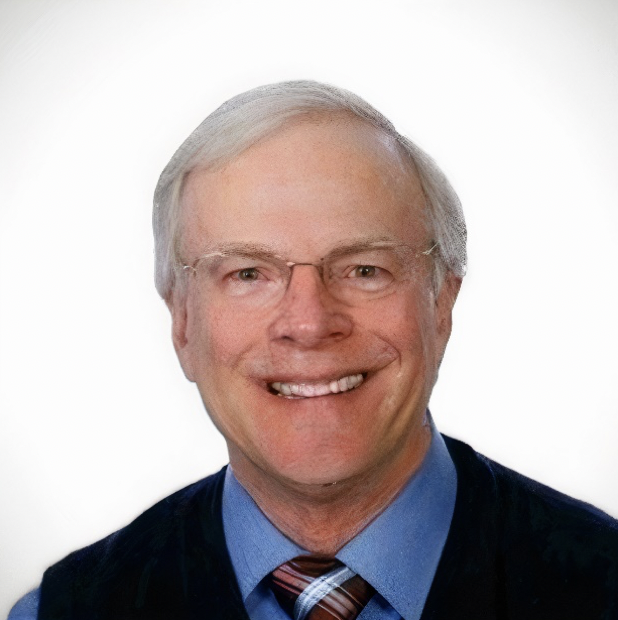Space is an extreme environment that poses several hazards to space systems and human onboard. The space hazards currently of interest for the committee are: orbital debris, meteoroids, and space weather. Orbital debris is a significant hazard as they travel at high speed and can collide with and damage spacecraft and satellites. The risk is highest for objects orbiting at an altitude of around 1,000 kilometers, which is used for communications and Earth observation. If a rocky meteoroid larger than 25 meters but smaller than one kilometer were to hit Earth, it would likely cause local damage to the impact area. Anything larger than one to two kilometers could have worldwide effects. Near-Earth objects (NEOs) are small Solar System bodies whose orbits bring them into proximity with Earth. If a NEO’s orbit crosses the Earth’s orbit, and the object is larger than 140 meters across, it is considered a potentially hazardous object (PHO). Space weather refers to the environmental conditions in space as influenced by solar activity. It deals with phenomena involving ambient plasma, magnetic fields, electromagnetic radiation, and energetic charged particles in space and how these phenomena can influence economically vital systems, such as satellites, communication networks, or power grids. Space weather can cause a range of hazards, including: a) Geomagnetic storms: These can disrupt satellites and induce currents in long conductors (like power lines) on the Earth’s surface, overloading the electric system and damaging transformers. b) Solar flares: These can cause radio blackouts and satellite communication disruptions. c) Coronal mass ejections (CMEs): These can cause geomagnetic storms and damage to satellites. d) Solar energetic particles (SEPs): These can cause radiation sickness in astronauts and disrupt satellite electronics. The primary purpose of the committee is to advance the knowledge of space hazards via studies, exchange of information, and education/training. The committee will promote and support the development of international policy standards, engineering best practices, and guidelines for space hazards prediction, mitigation, and defense. The committee is formed to facilitate international cooperation, and governments-industry-agencies dialogue. The committee will also promote and make recommendations on academic-industry-agencies research cooperation, and review the progress of ongoing cooperative activities.
Announcements
“Upcoming Workshop in conjunction with the 13th IAASS Conference in October 2024 (TBC)”


